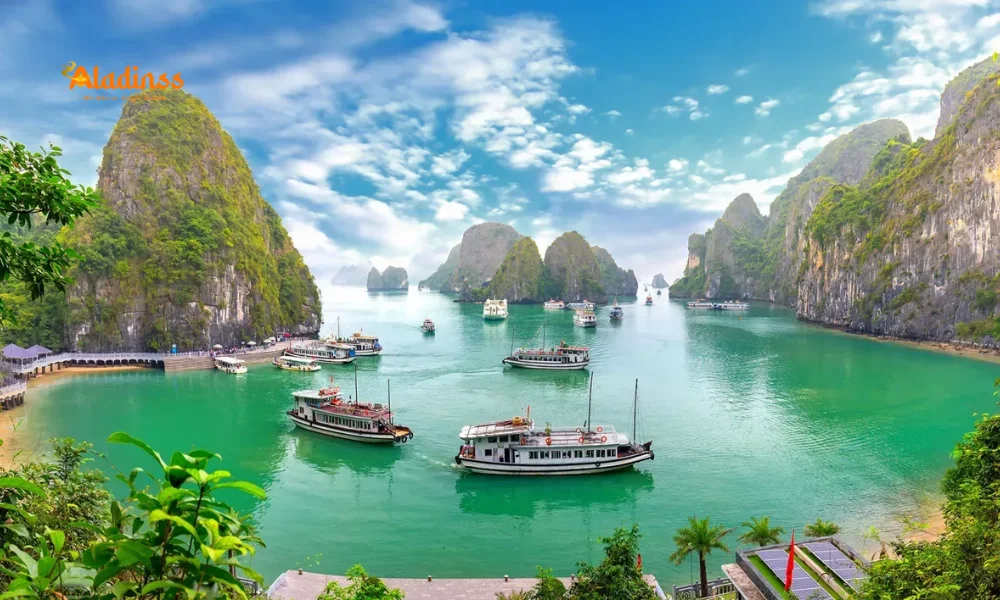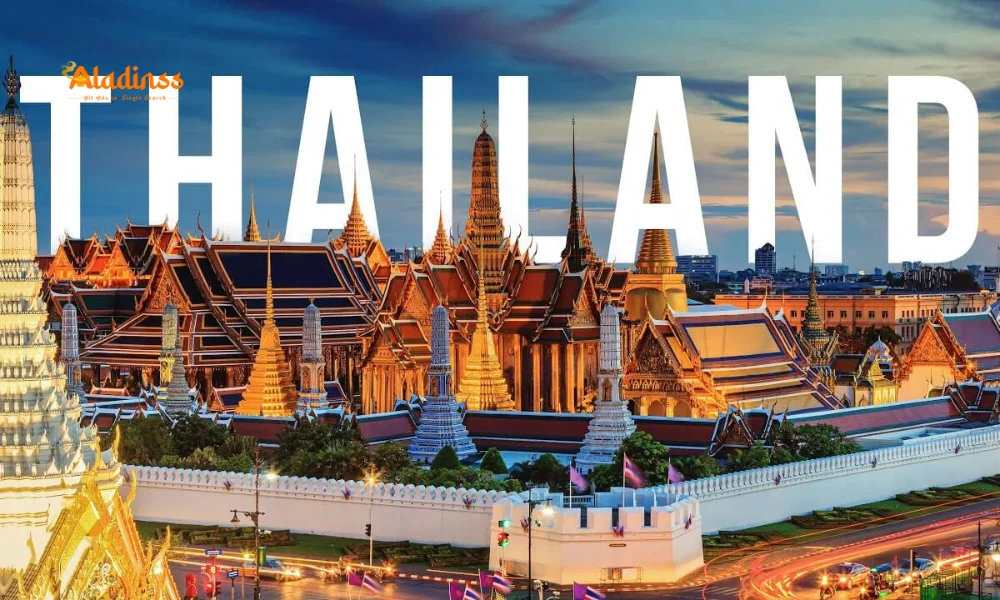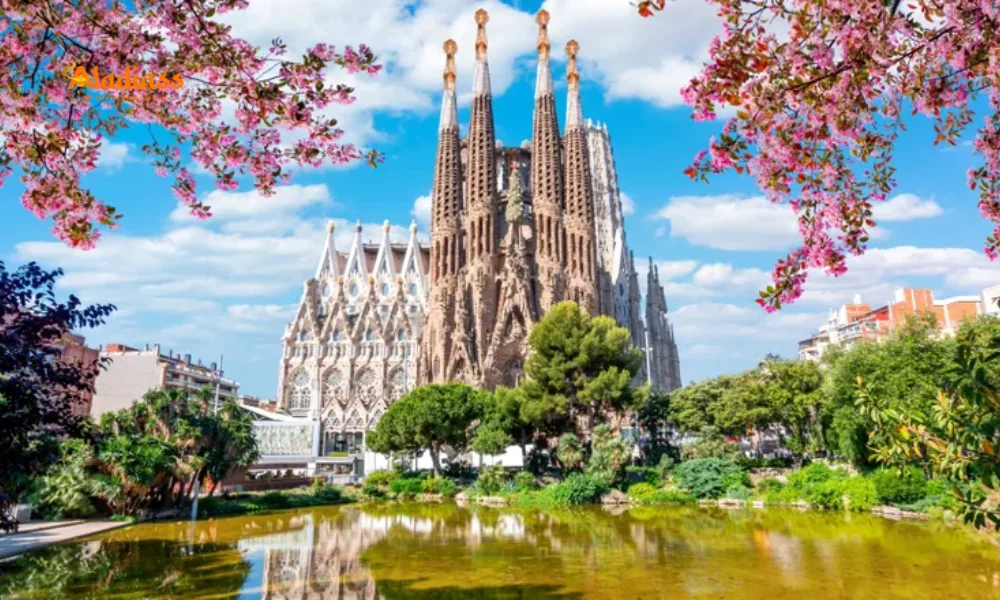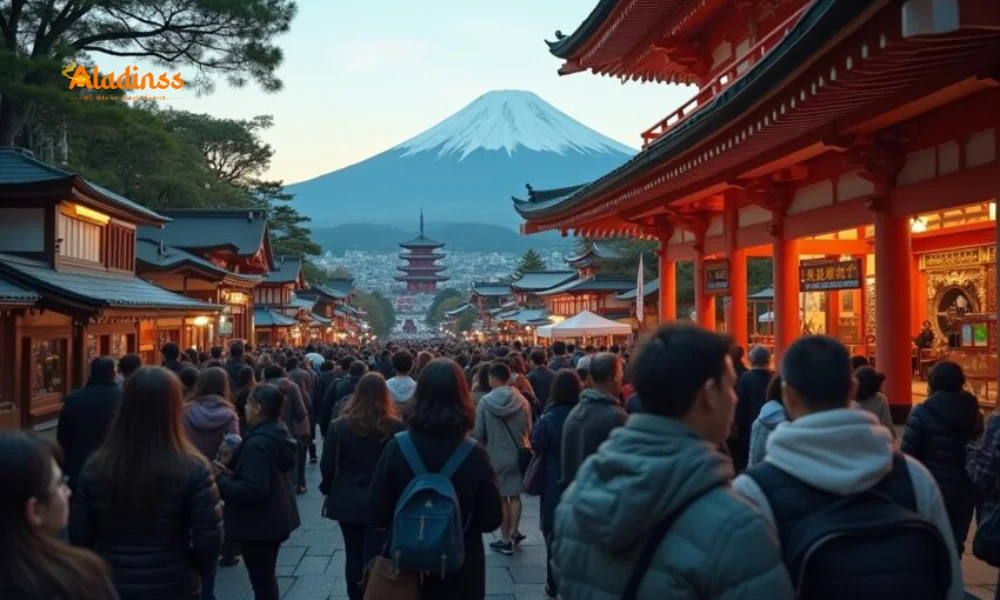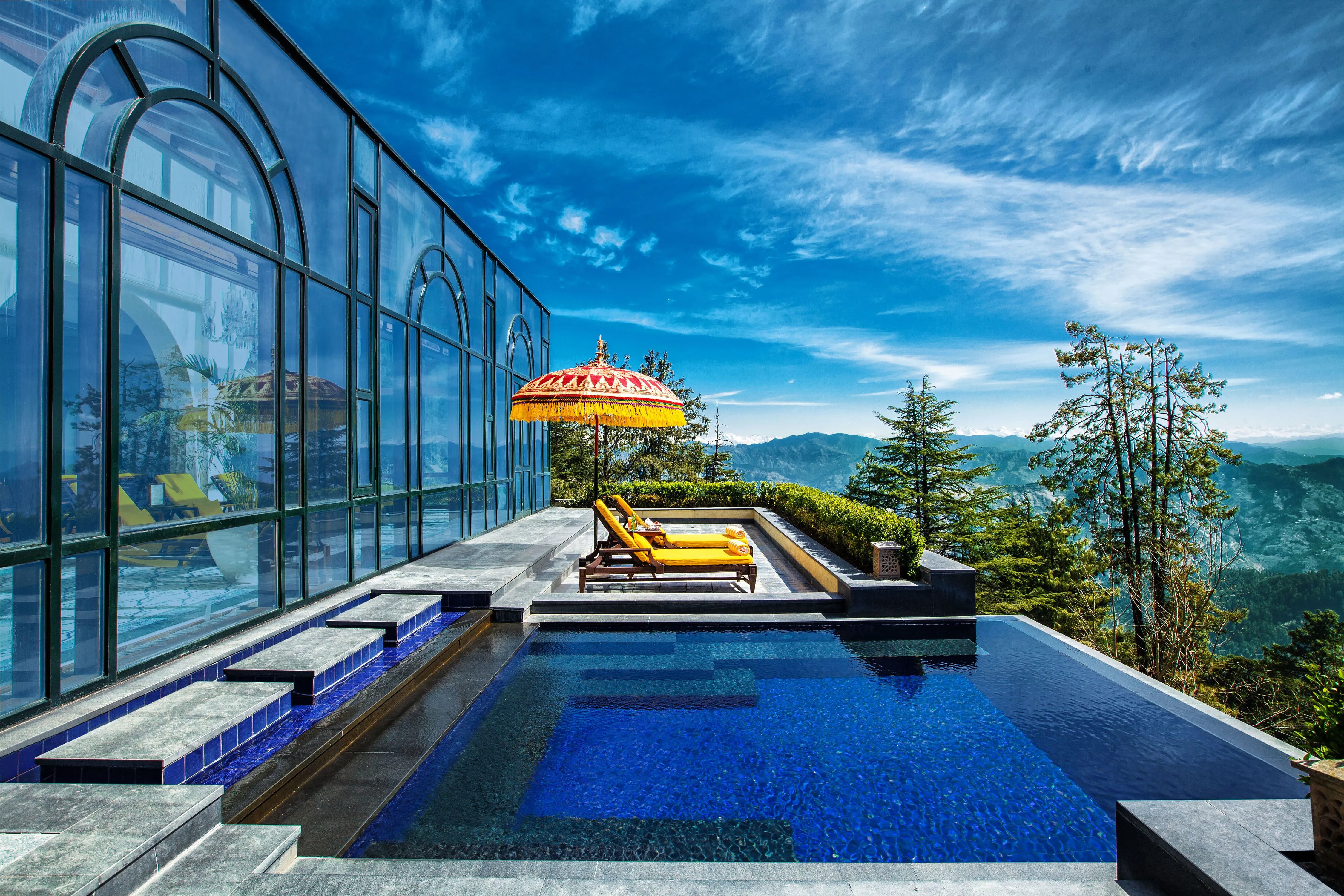New Zealand’s Unique Airbnb Stays: Boosting Tourism with Hidden Gems and Immersive Experiences
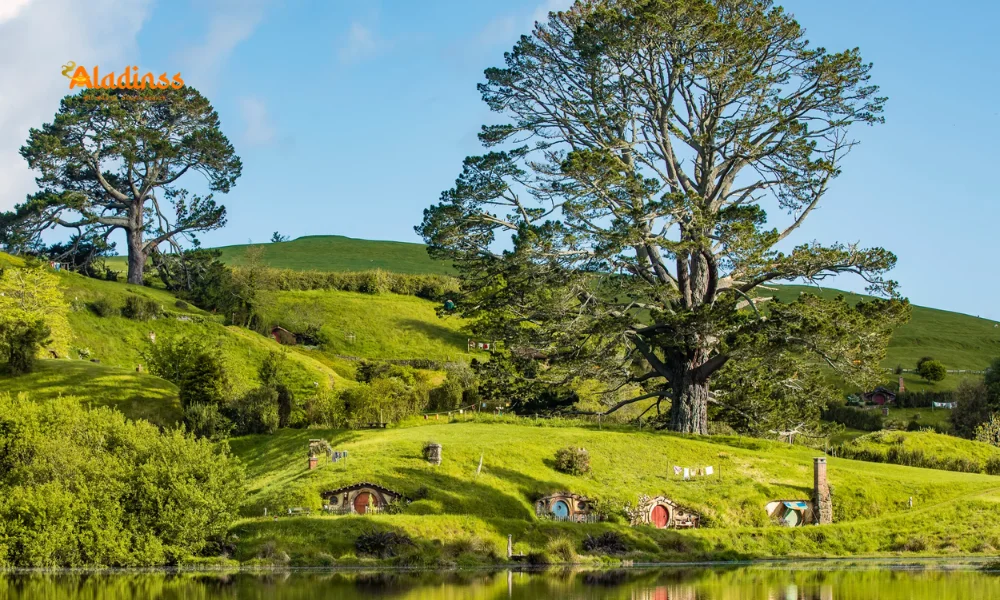
New Zealand’s Unique Airbnb Stays: Boosting Tourism with Hidden Gems and Immersive Experiences
New Zealand's tourism landscape is undergoing a remarkable transformation, fueled by the rise of unique Airbnb stays that are captivating travelers worldwide. From enchanting treehouses nestled in ancient forests to luxurious yurts on remote farms, these hidden gems are not just accommodations—they are gateways to authentic, immersive adventures. As global tourism rebounds post-pandemic, these one-of-a-kind listings are driving a surge in visitor numbers, with Google Trends showing spikes in searches for "unique Airbnb New Zealand" and #NZHiddenGems trending on X. This latest development highlights how innovative hospitality is reshaping the $40 billion industry, making the Land of the Long White Cloud a premier destination for experiential travel.
The demand for such stays has skyrocketed, with bookings up 35% year-over-year according to Airbnb data. Travelers, weary of cookie-cutter hotels, crave connections with nature and culture, and New Zealand's diverse offerings—from geothermal wonders in Rotorua to serene fjords in Fiordland—provide the perfect backdrop. These stays promote sustainable tourism, supporting local economies in rural areas often overlooked by mainstream itineraries. As the government ramps up eco-initiatives, unique Airbnbs are becoming the backbone of a resilient sector, blending luxury with environmental stewardship.
Airbnb’s Impact on New Zealand’s Tourism Revival
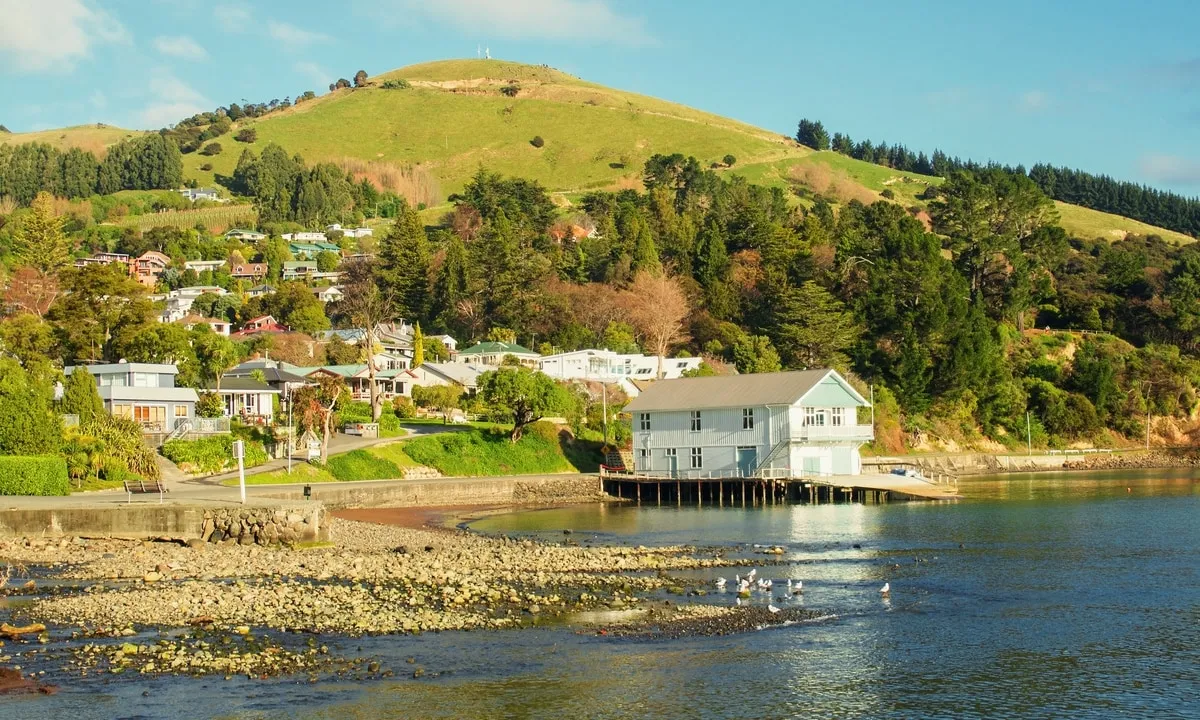
Airbnb has been instrumental in New Zealand's tourism boom, offering over 10,000 unique stays that cater to the evolving preferences of modern explorers. Post-pandemic, visitors seek personalized escapes, and platforms like Airbnb deliver with listings that immerse guests in Maori culture or alpine solitude. In regions like the Coromandel Peninsula, treehouses elevated among kauri trees provide panoramic views and stargazing decks, drawing eco-tourists who contribute to conservation efforts through host-led experiences.
The platform's algorithm favors distinctive properties, boosting visibility for offbeat gems like glamping pods in the Waitomo Caves area, where guests can explore glowworm grottos by day and unwind in sustainable domes by night. This visibility has led to a 40% increase in rural bookings, redistributing tourism dollars to small communities. Hosts, often locals, incorporate cultural elements—such as traditional hangi feasts or guided hikes—fostering genuine interactions that enrich traveler narratives and encourage longer stays, averaging 4.2 nights versus 2.8 for hotels.
Economically, these stays generate $2.5 billion annually, supporting 25,000 jobs in hospitality and related sectors. The government's 100% Pure New Zealand campaign now spotlights Airbnb favorites, amplifying their reach. As sustainability becomes non-negotiable, listings with solar power and zero-waste practices lead the pack, aligning with global trends toward responsible travel.
Treehouses and Yurts: Immersive Nature Escapes
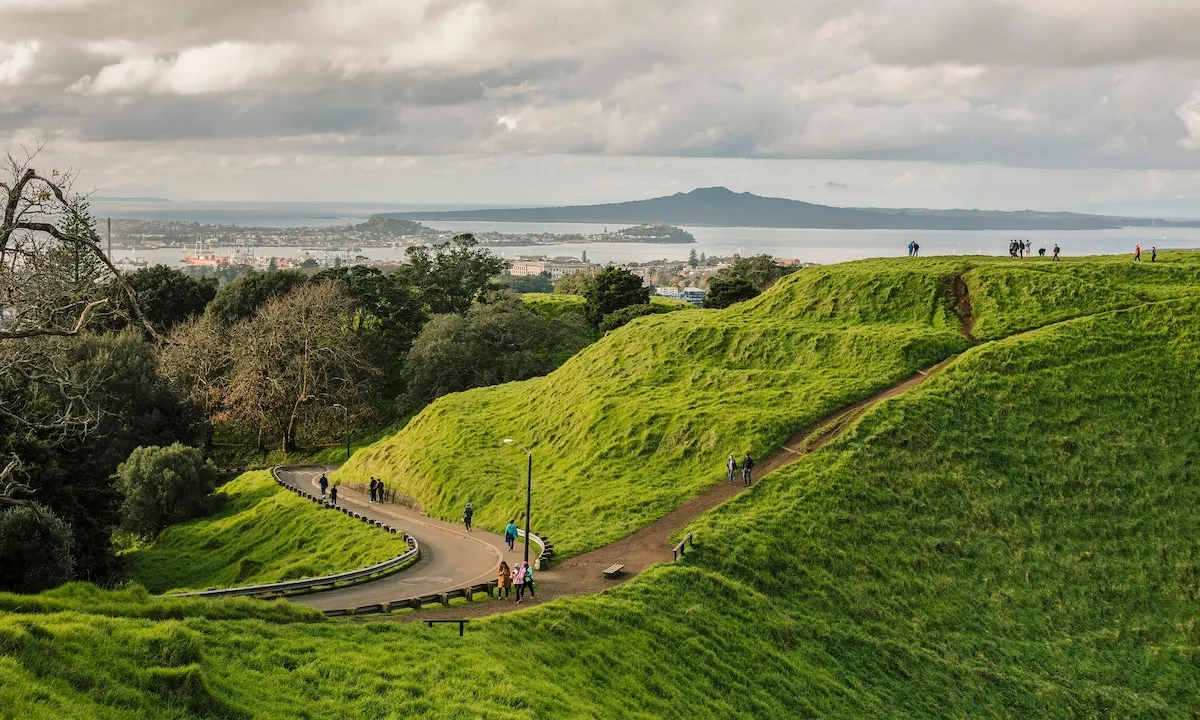
Treehouses in New Zealand transcend whimsy, offering elevated retreats that harmonize with the environment. In the Waikato region, the Woodlyn Park Treehouse—perched 10 meters above ground—provides hot tub soaks amid native bush, complete with Hobbit-inspired decor nodding to Tolkien's legacy. Guests report profound relaxation, with 90% rating the experience as "life-changing," per Airbnb reviews. These structures, built with sustainable timber, minimize impact while maximizing views of bioluminescent fungi and birdlife.
Yurts, evoking nomadic heritage, dot the South Island's landscapes. At the Anatoki Salmon Farm in Golden Bay, a riverside yurt offers fly-fishing excursions and farm-to-table meals, blending adventure with tranquility. Constructed from recycled materials, these circular abodes promote energy efficiency, with wood stoves and rainwater harvesting. Travelers appreciate the off-grid vibe, ideal for digital detoxes, and hosts often share indigenous knowledge, like tracking kiwi birds at dusk.
Both options cater to couples and families, with prices ranging $200-500/night. Their popularity has spurred a 50% increase in eco-certifications, ensuring long-term viability. As #TreehouseNZ gains traction on X, these stays are not just lodging—they're portals to New Zealand's soul.
Tourism Benefits for Local Communities
Unique Airbnb stays are economic lifelines for New Zealand's remote locales, channeling revenue to underserved areas. In the Catlins on the South Island, a seaside cabin network has revitalized fishing villages, with hosts reinvesting in community projects like coastal cleanups. This trickle-down effect supports 15,000 rural jobs, per Tourism New Zealand, and preserves Maori land stewardship through cultural tours.
Government incentives, including tax breaks for eco-hosts, amplify this impact. The 100% Pure campaign spotlights 500+ listings, driving 2 million additional visitors annually. Local eateries and artisans thrive, with farm stays sourcing from nearby producers, shortening supply chains and cutting emissions. For indigenous communities, revenue funds language revitalization, ensuring cultural continuity amid tourism growth.
Sustainability metrics show a 25% carbon footprint reduction versus hotels, thanks to low-density designs. As travelers prioritize ethics, these stays foster responsible tourism, balancing economic gains with environmental health.
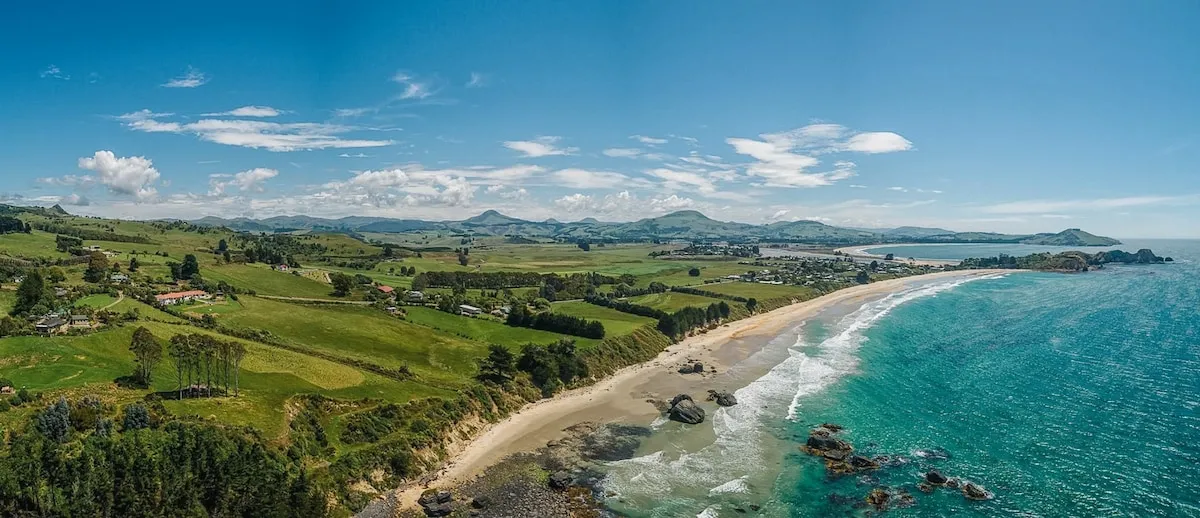
A New Wave of Adventure and Sustainability
New Zealand's unique stays champion adventure fused with eco-consciousness. In Abel Tasman National Park, kayaking cabins offer guided paddles to hidden coves, blending thrill with tranquility. Solar-powered and zero-waste, they embody the Tiaki Promise—Maori for guardianship—urging guests to leave no trace.
Glamping in Tongariro Crossing features geothermal-heated tents with volcano views, ideal for hikers seeking recovery post-trail. These setups use biodegradable amenities, supporting biodiversity. The trend's growth, up 60% since 2022, reflects millennials' values, with 70% choosing stays based on green credentials.
Sustainable Future for New Zealand Tourism
As unique Airbnbs proliferate, New Zealand's tourism future gleams with sustainability. Government grants for green retrofits ensure scalability, while data analytics track overtourism to protect fragile sites. Hosts' training in cultural sensitivity preserves authenticity, turning visitors into advocates.
Projections forecast $50 billion in revenue by 2030, with unique stays contributing 30%. Innovations like VR previews and carbon-offset bookings enhance appeal. For New Zealand, these gems aren't just profitable—they're the heartbeat of a resilient, enchanting tourism tapestry.
Comment / Reply From
No comments yet. Be the first to comment!
